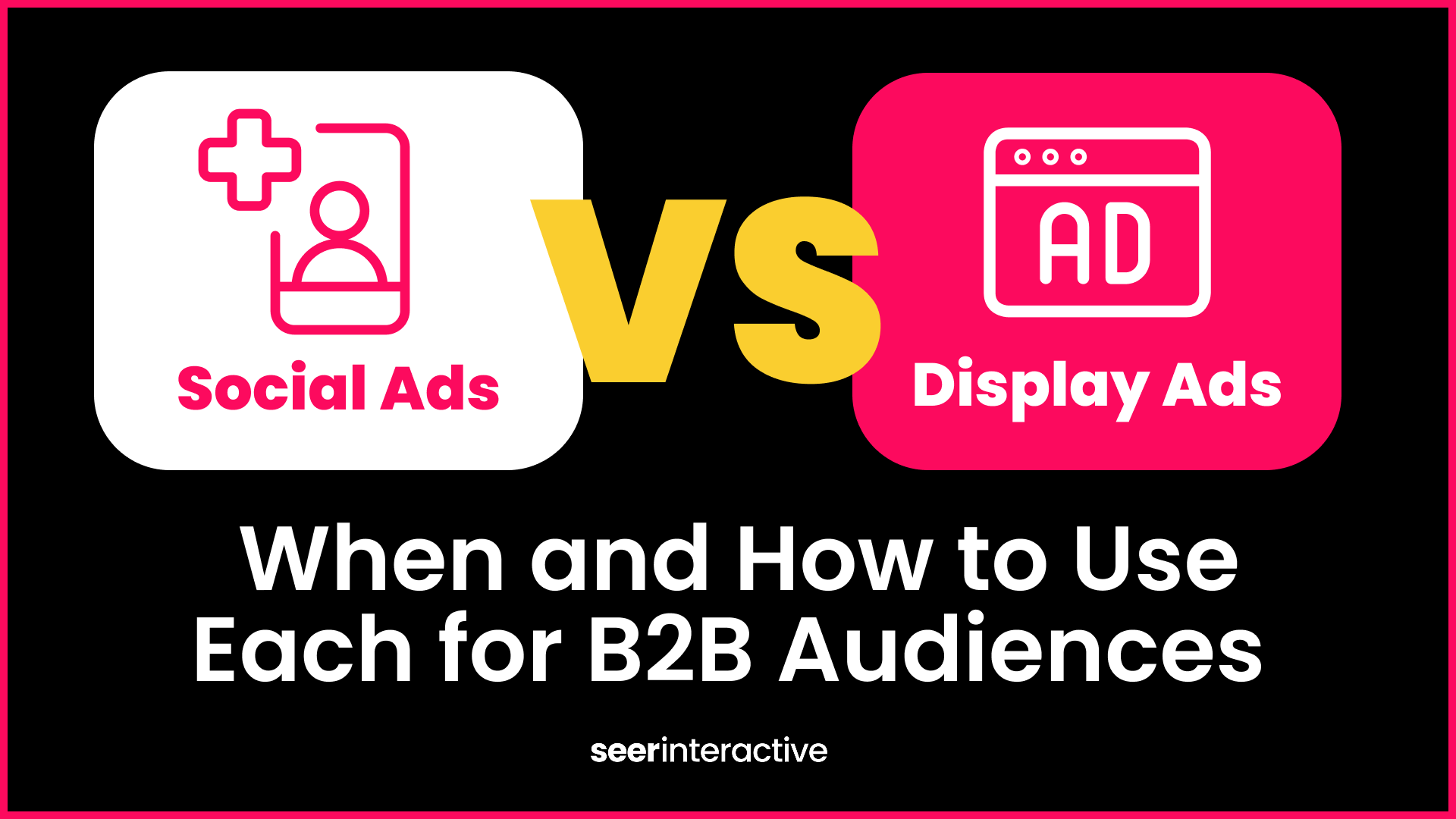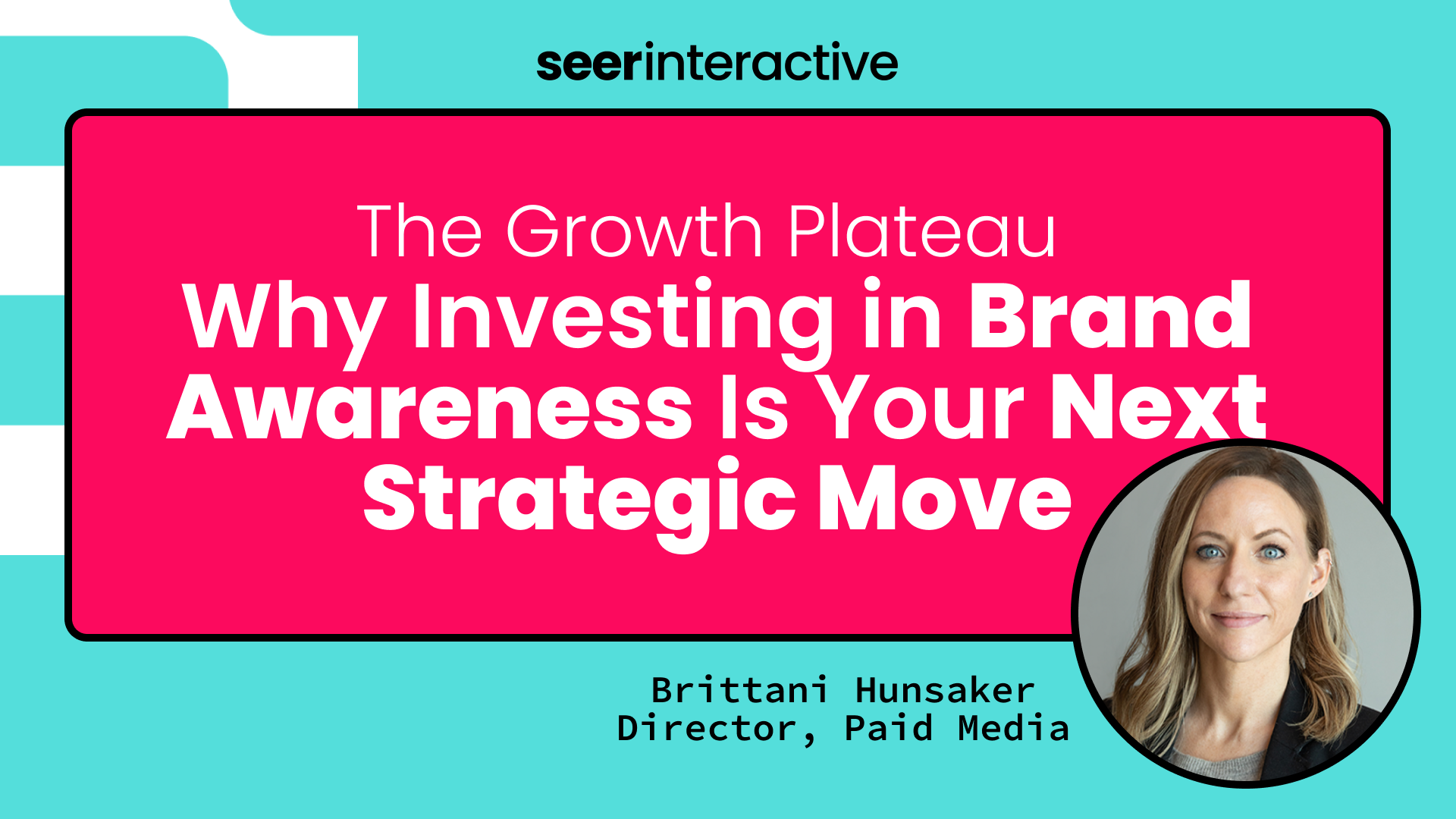Anyone who manages paid search accounts knows that eCom is a fast-paced industry. With cut-throat goals, tough competition, rising costs, and balancing text and PLA management, your hands are likely full. Wouldn’t it be great to have a campaign that handles the work for you? One that also boosts volume, orders, and revenue?
You’re in luck! Easy-to-launch and manage Dynamic Search Ads (DSA), used responsibly, can have a huge impact on performance. When tested with several Seer clients, we saw great results.
What are Dynamic Search Ads
Introduced in beta by Google in 2011, Dynamic Search Ads are a new campaign type that utilize automation to help solve a difficult problem faced by paid search account managers everywhere:
How on earth do we keep up with all of the new searches happening daily on search engines?
Instead of assigning set keywords, Dynamic Search Ads use your website content to match search queries. Seer likes to think about it as a catch-all campaign for text ads.
How do dynamic search ads work?
Instead of targeting a list of keywords, Dynamic Search Ads index your website content to target ads, which can help fill any gaps you may have in keyword coverage. When a relevant query is searched, Dynamic Search Ads generate an ad headline and landing page. If the query matches a keyword currently in your account, that text ad will take priority over your dynamic ads. (See the “What Else Should I Keep In Mind” section for a few caveats).
The advertiser maintains control by writing the description lines to use as an ad template. You’re also able to target which part of your website your Dynamic Search Ads utilize, whether it’s a couple of pages, broader categories, or the whole site with a few URL exclusions.
Are dynamic search ads right for you?
Dynamic Search Ads work best with websites with a lot of inventory or content. For a retail client with millions of products, this type of campaign has performed really well. We’ve seen an average $3.50 ROAS for a variety of eCom clients here at Seer. However, in another test for a B2B client with limited website content and low search volume in general, we did not see success. Also, since this type of campaign uses machine learning, which requires time, websites in which content changes frequently (and is not feed-based) are not recommend for Dynamic Search Ads.
In order to work quickly and effectively, Google and Bing’s technology forces advertisers to relinquish some control in the headlines, landing pages, and query mapping. This can often be a dealbreaker with clients who prefer to maintain tight brand constraints. However, we feel like the benefits far outweigh the perceived negatives. And because Dynamic Search Ads are so quick (30 minutes tops) and painless to set up, we recommend at least running a small test. If you’ve tested it in the past, try again! Google and Bing have made several updates to help Dynamic Search Ads perform more efficiently.
I want to run a test ... what now?
Google and Bing have provided some easy-to-follow instructions. We also want to provide you with a beginner test strategy!
How to create dynamic search ads
- Create a “catch-all” campaign that crawls your entire website.
- Go ahead and exclude any URLs that may be irrelevant, for example any page that has “out-of-stock” products or “about us,” but keep it to a minimum and allow for a learning period.
- Keep the initial campaign budget on the lower end; we’d suggest around $10-$20 a day.
- As soon as you launch, start looking at the search queries. Add in negative keywords and URL exclusions to refine the scope.
- As more data collects, consider creating additional ad groups and campaigns to better segment your ads..
- Keep an eye on bids and avgerage CPCs. Your Dynamic Search Ads cost should be efficient and generally lower than your text ads average CPC.
What else should I keep in mind?
There’s a big difference between Google and Bing set up.
Google scans your account and will not run Dynamic Search Ads if you already have the keyword enabled. However, if your daily budget is exhausted or your keyword bid set too low, Google may show it. It’s best to add negatives for you exact match keywords and any keywords that are currently paused.
Bing works a little differently and will not scan your current keywords. Bing’s version of dynamic search ads will require negatives for every keyword you are currently bidding on.
Also, if you’re currently running third-party tracking and/or using a campaign management tool, like DoubleClick or Kenshoo, work with your reps to figure out the best way to track the success of your ads. It may require creating “dummy” keywords for URL tracking purposes.
What’s next?
Now, should you ditch all of your paid search efforts and run one dynamic search ad campaign? Definitely not. Strategically, it should be used to help cover any keyword gaps that may exist within your current account structure. This campaign type will provide great keyword data. You can mine the queries to look for upcoming trends and keyword expansion ideas. Although it’s easy to set up, don’t set it and forget it. Careful refining with negatives will help keep your ads healthy and performing above and beyond!
Have you tested Dynamic Search Ads? Leave us a comment and let us know. As always, if you have any questions or need help developing strategy, drop us a line!


